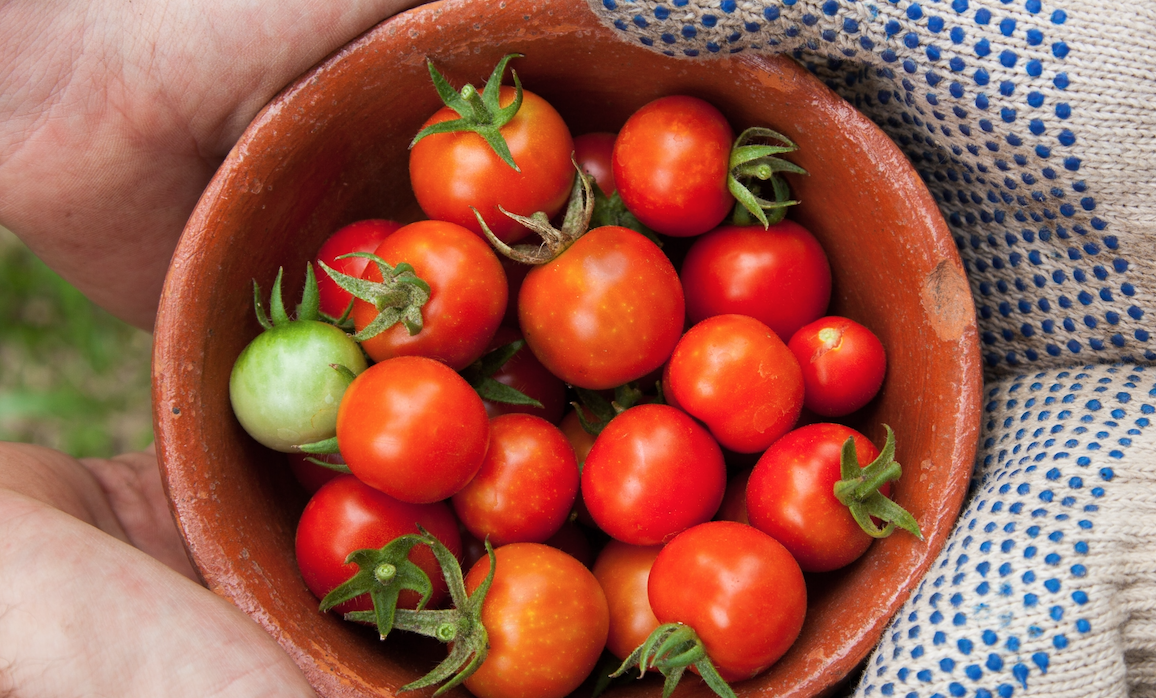What are the most recent updates to the Food Safety Modernization Act?

Since the Food Safety Modernisation Act was first introduced over a decade ago it has had many iterations and updates from the body that governs it; the FDA (The Food and Drug Administration).
From new guidelines outlined in The New Era of Smarter Food Safety to Section 204, there are plenty of additional legislative measures that as restaurant owners and employees, we need to familiarize ourselves with.
At state level there are many complexities to navigate. California, for example, has been leading the charge with new legislation around food safety training and the use of certain food additives.
In this article we look at ever-changing food safety legislation and ask what it means for you and your business.
What is the background to the Food Safety Modernization Act?
The Food Safety Modernization Act came into effect on January 4, 2011 and outlined a set of regulations for how food is harvested, processed and served.
The legislation allowed for the Food and Drug Administration to have new authority over food safety.
What does the Food Safety Modernisation Act mean to me and my business?
The Act outlined new regulations and requirements; a shift away from reacting to foodborne illness to preventing it happening in the first place. The law gives the FDA new authority to enforce compliance around food safety standards – and to better contain problems when they occur.
FSMA focuses more on risk-based food safety standards, which gives businesses the tools to better respond to and contain problems when they do occur. The law also gives the FDA the power to hold imported foods to the same standards as domestic foods.

What does the New Era of Smarter Food Safety update mean for me?
The blueprint outlined in the most recent update to the Food Safety Modernisation Act is the New Era of Smarter Food Safety guidance. The document includes four key elements; tech-enabled traceability, smarter tools, new business models and retail modernization and finally, food safety culture.
The FDA outlines the need for technology, without giving too much detail on what that looks like. There is a Food Traceability Final Rule that is outlined in the Food Safety Modernisation Act and in reality this will involve access to data at all ends of the food chain. When it comes to food safety knowledge, the FDA has made clear headway, hosting webinars about traceability and technology around food safety,
However, end-to-end food traceability requires a large commitment from countries globally who will need to be open to agreements that mean their produce can be tracked and traced.
Another aspect of the New Era of Smarter Food Safety guidance is the need to instil a culture of food safety within our businesses.
From an FDA perspective, it means there will be more than 1,000 newly trained inspection staff, a new set of documentation and a host of online resources made available from the FDA.
What part of the Food Safety Modernization Act will come into effect in 2025?
Section 204 of the Food Safety Modernization Act will establish additional record-keeping requirements for certain foods, including dairy, seafood and ready-to-eat products. Ultimately this is about food traceability and understanding your supply chain.
Section 204 will require companies to capture data and store it for two years. In the event of a recall, the FDA will want data within 24 hours. This means that data, checklists and record-keeping will be of utmost importance. These aspects of kitchen management take up a great deal of time, so technology could be a good option for restaurants to adopt – it will not only help with compliance, but also ensure their kitchen operations are running as smoothly as possible.
Is there more FDA legislation on the horizon?
It is not clear whether more food safety legislation or updated guidance will be unveiled by the FDA, but we know that the FDA is working hard to ensure we have high food safety standards, especially in light of the coronavirus pandemic.
As those of us working in the food industry know, staying safe when it comes to food preparation, handling and storing is incredibly important. Through new technology, we can ensure we remain compliant and high standards are continually kept, but we must create a strong sense of food safety culture in our businesses.
It is important to adopt a food safety culture that starts from the top, demonstrating that food safety is a priority and needs to be taken seriously by every employee, during every shift. Developing a corporate culture that emphasizes safety and uses technology to empower employees to manage it, is of utmost importance.
What is the California legislation around ServSafe?
The Californian legislature has undergone a series of new measures to install food safety standards across the state. ServSafe is a new food handler training outlined as a requirement by the state’s public health law. A new bill has been introduced that requires employers to compensate food service employees for the cost of food safety training. If this bill becomes law it means that staff will no longer have to pay for the training out of their own pocket.


